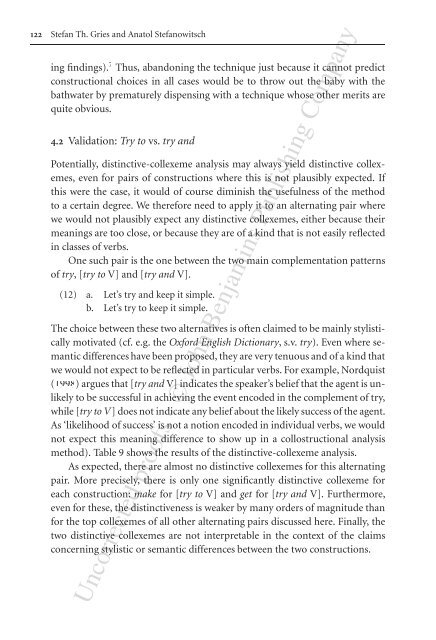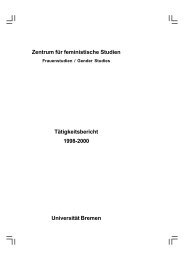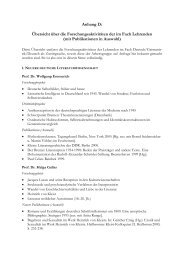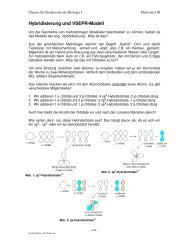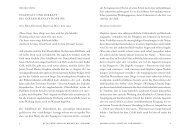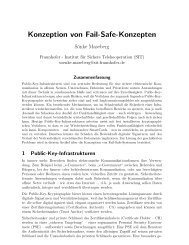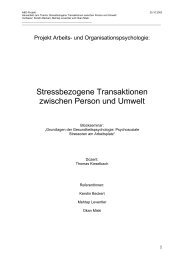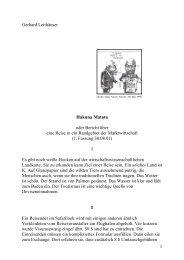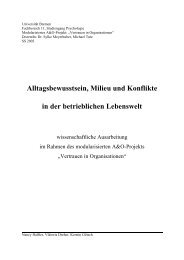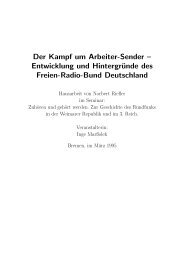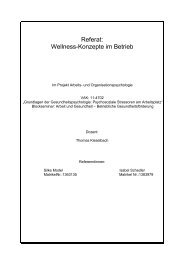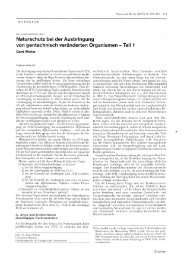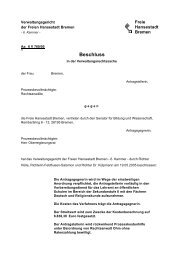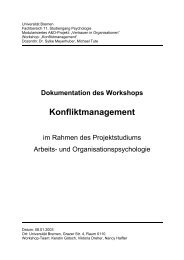Extending collostructional analysis - www-user
Extending collostructional analysis - www-user
Extending collostructional analysis - www-user
Create successful ePaper yourself
Turn your PDF publications into a flip-book with our unique Google optimized e-Paper software.
122 Stefan Th. Gries and Anatol Stefanowitsch<br />
ing findings). 7 Thus, abandoning the technique just because it cannot predict<br />
constructional choices in all cases would be to throw out the baby with the<br />
bathwater by prematurely dispensing with a technique whose other merits are<br />
quite obvious.<br />
4.2 Validation: Try to vs. try and<br />
Potentially, distinctive-collexeme <strong>analysis</strong> may always yield distinctive collexemes,<br />
even for pairs of constructions where this is not plausibly expected. If<br />
this were the case, it would of course diminish the usefulness of the method<br />
to a certain degree. We therefore need to apply it to an alternating pair where<br />
we would not plausibly expect any distinctive collexemes, either because their<br />
meanings are too close, or because they are of a kind that is not easily reflected<br />
in classes of verbs.<br />
One such pair is the one between the two main complementation patterns<br />
of try,[try to V] and [try and V].<br />
(12) a. Let’s try and keep it simple.<br />
b. Let’s try to keep it simple.<br />
The choice between these two alternatives is often claimed to be mainly stylistically<br />
motivated (cf. e.g. the Oxford English Dictionary, s.v. try). Even where semantic<br />
differences have been proposed, they are very tenuous and of a kind that<br />
we would not expect to be reflected in particular verbs. For example, Nordquist<br />
(1998) argues that [try and V] indicates the speaker’s belief that the agent is unlikely<br />
to be successful in achieving the event encoded in the complement of try,<br />
while [try to V] does not indicate any belief about the likely success of the agent.<br />
As ‘likelihood of success’ is not a notion encoded in individual verbs, we would<br />
not expect this meaning difference to show up in a <strong>collostructional</strong> <strong>analysis</strong><br />
method). Table 9 shows the results of the distinctive-collexeme <strong>analysis</strong>.<br />
As expected, there are almost no distinctive collexemes for this alternating<br />
pair. More precisely, there is only one significantly distinctive collexeme for<br />
each construction: make for [try to V] and get for [try and V]. Furthermore,<br />
even for these, the distinctiveness is weaker by many orders of magnitude than<br />
for the top collexemes of all other alternating pairs discussed here. Finally, the<br />
two distinctive collexemes are not interpretable in the context of the claims<br />
concerning stylistic or semantic differences between the two constructions.<br />
Uncorrected proofs - © John Benjamins Publishing Company


